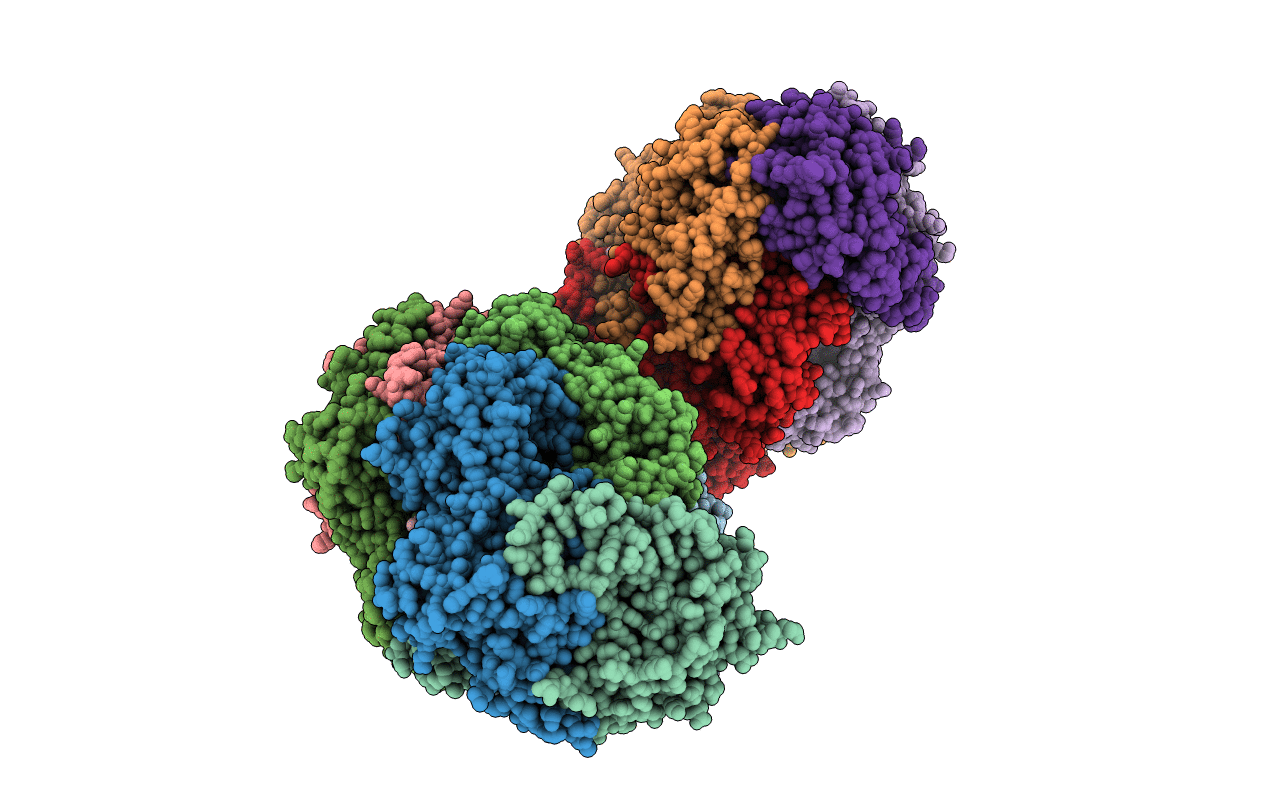
Deposition Date
2015-07-17
Release Date
2016-08-03
Last Version Date
2024-01-10
Entry Detail
PDB ID:
5A8W
Keywords:
Title:
METHYL-COENZYME M REDUCTASE II FROM METHANOTHERMOBACTER WOLFEII AT 1. 8 A RESOLUTION
Biological Source:
Source Organism:
METHANOTHERMOBACTER WOLFEII (Taxon ID: 145261)
Method Details:
Experimental Method:
Resolution:
1.80 Å
R-Value Free:
0.20
R-Value Work:
0.16
R-Value Observed:
0.16
Space Group:
P 1


